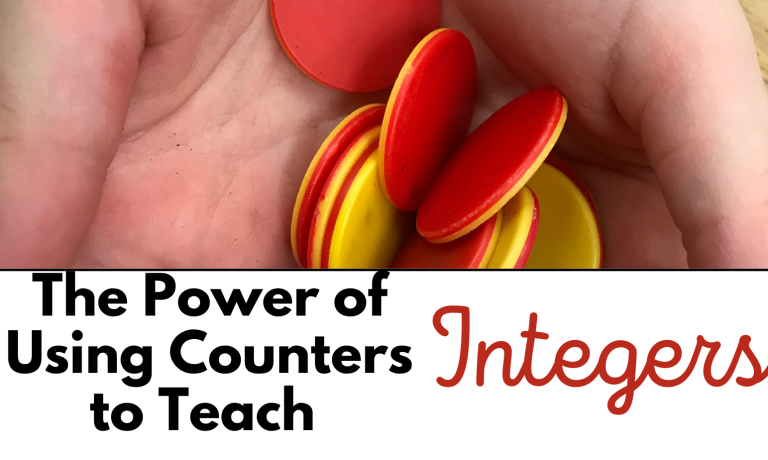Are you struggling to teach your students the concept of integers? Do they find it difficult to grasp the idea of negative numbers? Counters may be the solution you need! In this article, we will explore the power of using counters as a teaching tool to help students understand and master integers.
So, if you’re looking for an effective way to teach integers and engage your students, don’t underestimate the power of counters. Incorporate this simple yet powerful tool into your lessons and watch your students’ understanding of integers soar.
Benefits of Using Counters to Teach Integers
Counters are objects that can be used to represent numbers. When using counters to teach integers, you will need two colors (one color to represent positive numbers and another color to represent negative numbers). You can also use two-colored counters if you have access to those. Two-colored counters have one color on one side of the counter and another color on the other side.
By using different colored counters to represent integers, students can visually see the concept of integers making it easier for them to grasp the abstract concept. Using counters in the classroom provides a concrete representation of numbers, making it easier for students to understand the concept. The visual nature of counters allows students to see the relationship between integers and their positions on the number line.
Using Counters to Define Integers
Introducing the concept of integers can be challenging for both teachers and students. Many students are accustomed to working with whole numbers and may struggle to understand the idea of numbers less than zero. However, by using counters, teachers can bridge the gap and help students develop a solid foundation in integers.
Counters provide a visual representation of numbers, allowing students to physically manipulate and interact with the concept of positive and negative numbers. Teachers can start by using counters to model positive numbers and gradually introduce the concept of negative numbers.
1). Determine Colors for Positive and Negative Numbers
To start you must determine what color counter will represent positive integers and what color counter will represent negative numbers.
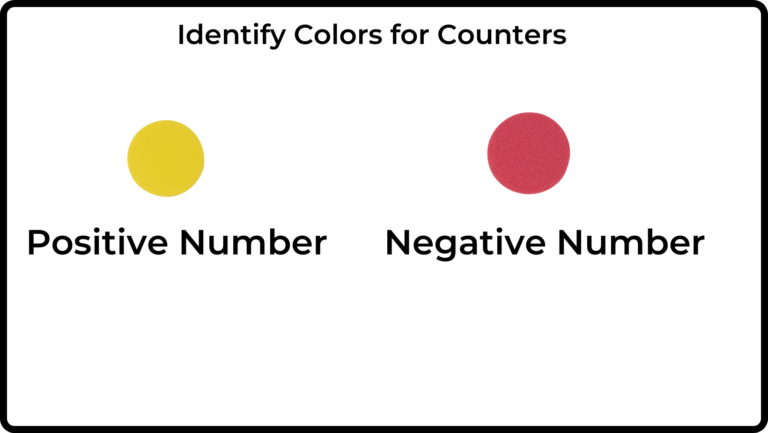
2). Model Positive Numbers Using Counters
To start make sure each student has access to both colors of counters. You may give them a piece of felt or a plastic mat to reduce the noise that the counters can make.
Have students model a few positive integers on their mats. You can choose any number you would like, but make sure they have enough counters to represent the number. See the models below of positive numbers.
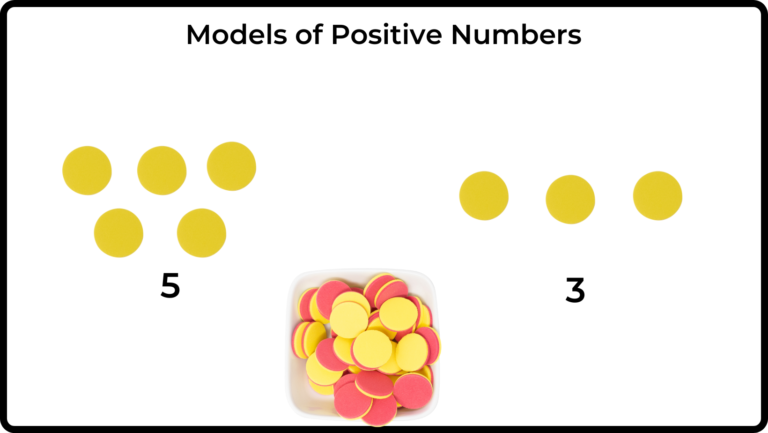
After modeling the numbers have students come up with real-life examples that the models could represent. For example, 3 apples or gaining 3 yards in a football game.
3). Model Negative Numbers Using Counters
Next have students model negative integers. It will be the same as modeling the positive integers except the color will be different. Make sure students use the correct color of counter to represent the number. See the models below of negative numbers.
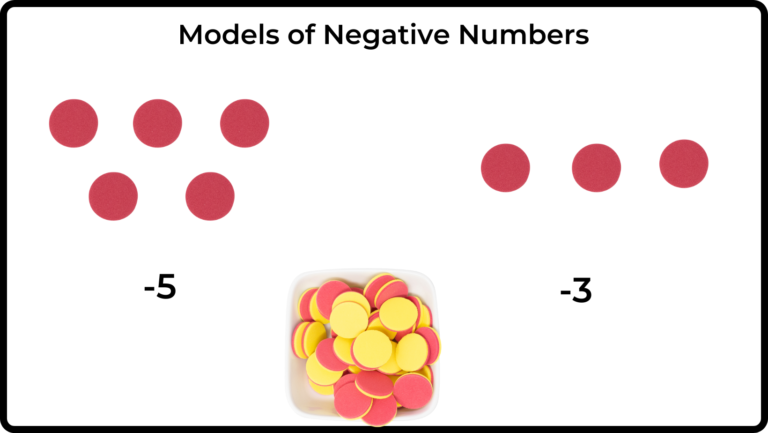
While modeling ask students to give examples of the numbers in real-life situations. For example, -5 could represent losing 5 yards in football or owing your brother $5.00.
4). Creating Zero Pairs
Zero pairs will be important in teaching students how to add and subtract integers with counters. Have your students model 1 and -1 with their counters. Tell them that the yellow counters represent how much money you have and the red counters represent how much money you owe. Lead them into recognizing that the value of the counters would be zero because once you pay back what you owe with what you have you will have no money and you will not owe any money. Continue with a few more examples and have them give real life examples to represent them.
Whenever you have the same amount of positive numbers and negative numbers the value is zero.
If you have not introduced the concept of Opposites this would be the perfect time. A number and its opposite always has a value of zero. So zero pairs represent opposites.
Next have students model the value of numbers using zero pairs. See the examples below. Notice that the value of the counters on the left is still 5 because the value of the zero pairs is zero. Students can add any amount of zero pairs to the counters and it won’t change the value because you are adding zero.
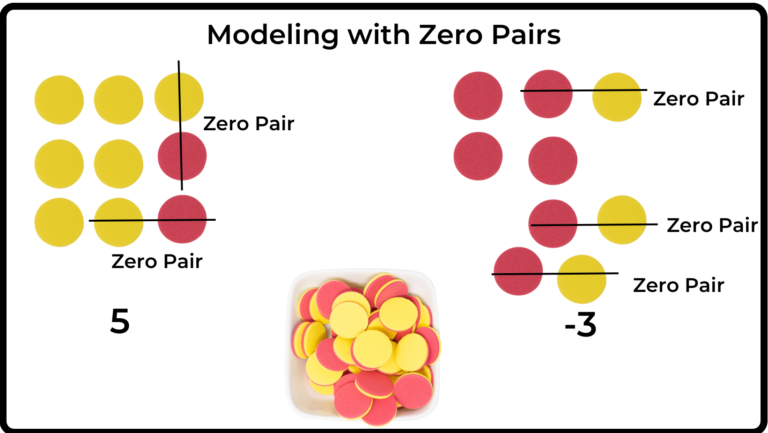
5). Define an Integer
Once you have finished modeling integers, have students come up with a definition for an integer. You can have them do this in pairs, groups, or as a whole class. If you have already introduced this concept this should be a review. If this concept is new to your students you may want to use number lines to model the numbers as well.
When defining an integer make sure students understand that positive integers have a value greater than zero and negative integers have a value less than zero. Also, ensure that they understand that integers are whole numbers and opposites. They do not include numbers that have decimals or fractions unless they can be simplified to a whole number or its opposite.
For more information on teaching whole numbers and integers, you can click the link below.
Teaching Integers and Whole Numbers
Conclusion
Counters are a powerful tool that can greatly enhance the teaching and learning of integers. By providing a visual representation and hands-on experience, counters help students understand the concept of positive and negative numbers. Counters are also helpful when teaching integer operations. They allow students to visualize real-life situations involving integers. So, if you’re struggling to teach your students the concept of integers, don’t underestimate the power of counters.
Try a Free lesson on Integers!
Would you like a FREE lesson on Integers? Click the image below for a free lesson from our Introduction to Integers and Rational Numbers Unit for 6th Grade. We have math units for Grades 6th, 7th and 8th grades as well as Algebra One. Try it today! Just Click the image below.

